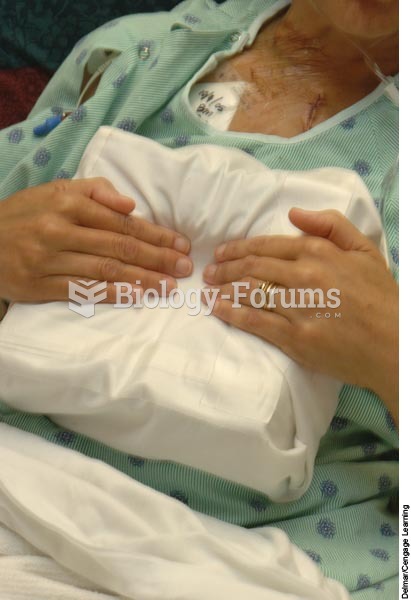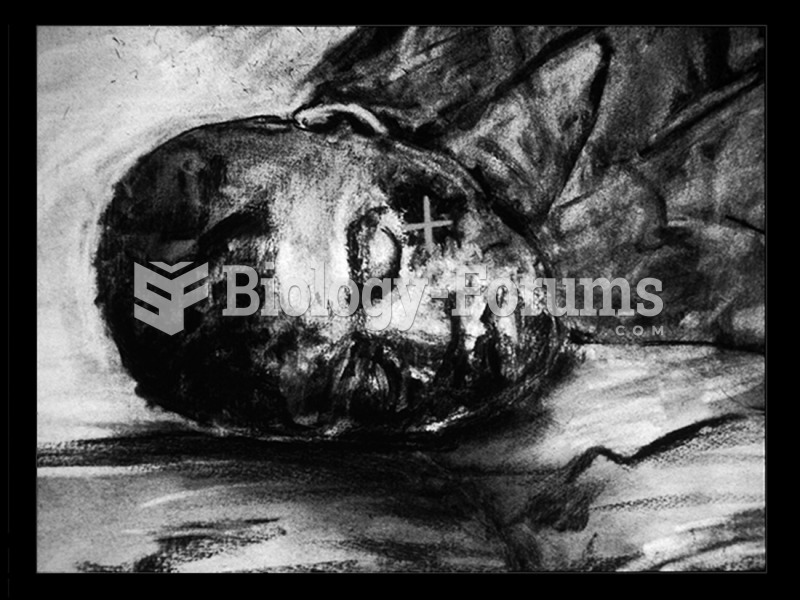Alejandro is a history buff, especially when it comes to the civil war. He is excited to be taking his first college course in American history, but he discovers in his reading that some of the information in his textbook differs in some ways from what he has read in the past. There seem to be differing interpretations about the squabbles between Civil War generals and differing opinions about the reasons some battles were lost or won. To increase his understanding of what he is reading in his textbook, he checks out some other textbooks and also makes an appointment with his professor so he can investigate the new information that he is reading. He then constructs a mind map that compares the various interpretations of some of the major events of the civil war. Alejandro is using a strategy called
a. page-flipping.
b. questioning.
c. study-reading.
d. cross-referencing.
Question 2
Jane has always thought of tomatoes as vegetables. She was surprised to learn that tomatoes along with cucumbers, squashes, avocados, green peppers, pumpkins, and olives are, scientifically speaking, actually fruits and not vegetables because they are developed from the ovary in the base of the flower and contain the seeds of the plant (even though some cultivated varieties of fruits are seedless). What can Jane do to replace her old information with this new information?
a. There is nothing she can do because we cannot remove information from the brain.
b. She will have to use a variety of strategies to build a new neural network that will override the old one.
c. She can make a flash card that says, a tomato is not a vegetable and read this out loud to herself often.
d. She can memorize the definition of a fruit and rehearse this definition daily.







